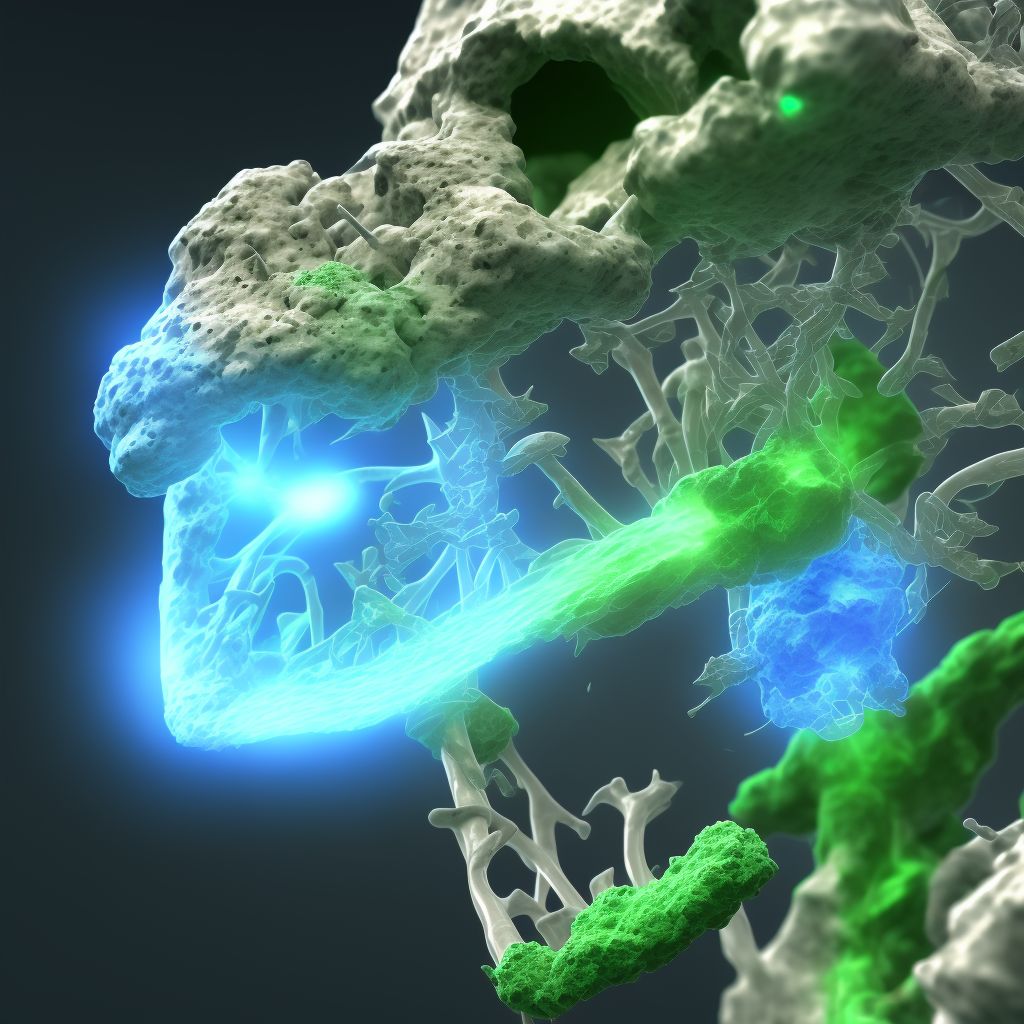
Nondisplaced segmental fracture of shaft of unspecified tibia, subsequent encounter for closed fracture with nonunion Save
ICD-10 code: S82.266K
Disease category: S82.266: Nondisplaced segmental fracture of shaft of unspecified tibia
Nondisplaced Segmental Fracture of Shaft of Unspecified Tibia: Understanding Subsequent Encounters for Closed Fractures with Nonunion
A nondisplaced segmental fracture of the shaft of the unspecified tibia can be a distressing injury that requires proper medical attention. In this article, we will explore subsequent encounters for closed fractures with nonunion. Please note that this article focuses on understanding the condition and does not provide specific treatment advice.
When a nondisplaced segmental fracture occurs in the shaft of the tibia, it means that the bone has broken into multiple pieces but has not significantly shifted out of place. This type of fracture can be caused by trauma, such as a fall or direct impact to the leg. If left untreated or not properly managed, nonunion may develop, which refers to the failure of the fractured bone to heal together within the expected timeframe.
To address a nondisplaced segmental fracture of the tibia, subsequent encounters are necessary to monitor the progress of healing and evaluate the formation of any nonunion. During these follow-up visits, your healthcare provider will assess the stability and alignment of the fracture using various diagnostic techniques, which may include physical examination, X-rays, or other imaging tests.
It's essential to understand that subsequent encounters for closed fractures with nonunion do not involve treatment recommendations in this article. Instead, they are intended to track the healing process, identify any potential complications, and determine the best course of action moving forward.
During subsequent encounters, your healthcare provider may discuss the importance of proper immobilization, such as using a cast or brace, to promote healing and prevent further injury. They may also provide recommendations for pain management, physical therapy, or other supportive measures to aid in the recovery process.
To conclude, a nondisplaced segmental fracture of the shaft of the unspecified tibia can lead to subsequent encounters for closed fractures with nonunion. These follow-up visits are crucial in monitoring the healing progress and ensuring appropriate management of the condition. If you have experienced such an injury, it is important to consult with a healthcare professional for personalized guidance and treatment options.
Treatment of Nondisplaced segmental fracture of shaft of unspecified tibia, subsequent encounter for closed fracture with nonunion:
Treatment Options for Nondisplaced Segmental Fracture of Shaft of Unspecified Tibia, Subsequent Encounter for Closed Fracture with Nonunion
A nondisplaced segmental fracture of the shaft of the unspecified tibia, subsequent encounter for closed fracture with nonunion, is a complex injury that requires appropriate treatment for optimal healing and recovery. The following treatment o...
To see full information about treatment please Sign up or Log in